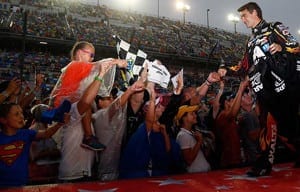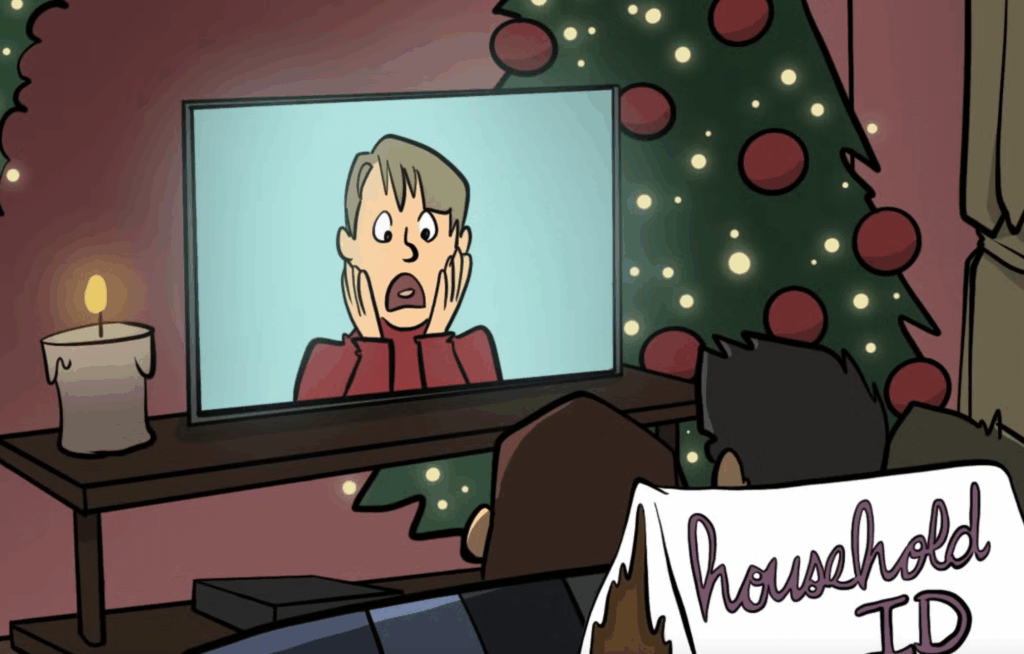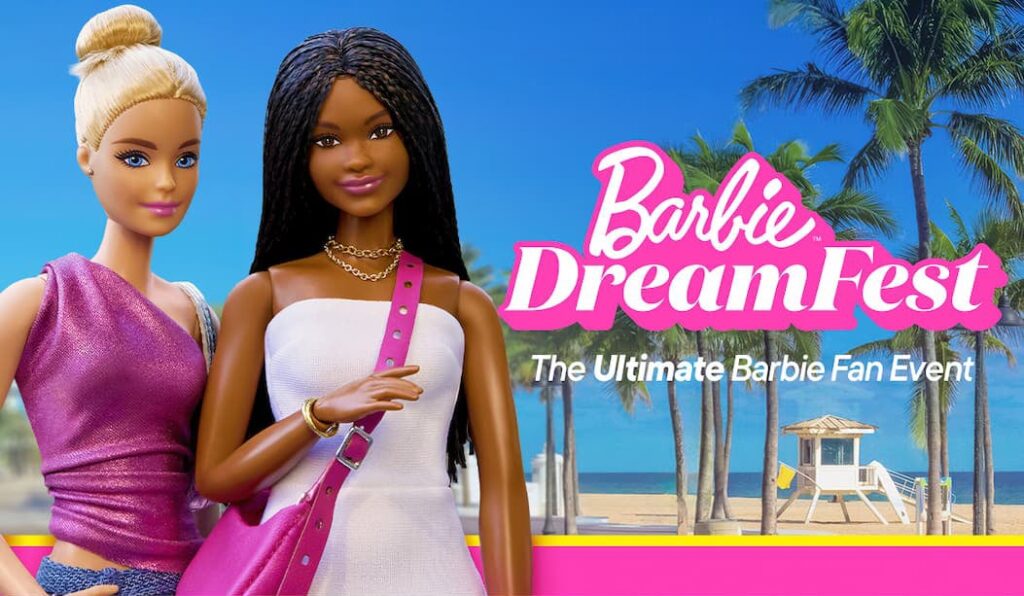 If you’re familiar with the world of NASCAR, you know each driver typically sticks with one sponsor, its bright logo emblazoned on the side of his car throughout the season. But this year, Jeff Gordon is setting a new precedent by rotating sponsors during his final full-time NASCAR season.
If you’re familiar with the world of NASCAR, you know each driver typically sticks with one sponsor, its bright logo emblazoned on the side of his car throughout the season. But this year, Jeff Gordon is setting a new precedent by rotating sponsors during his final full-time NASCAR season.
Gordon has caught on to the fact that big brands are cutting sponsorship budgets and favoring greater returns on marketing investments. Gordon and his team are adapting to this reality by providing more appropriate options — like sponsoring one or two races at a time, with publicity shots thrown in.
What does this shift have to do with event marketing? Maybe everything.
Gordon’s decision reflects an interesting shift in customer engagement. As Gordon accepts the reality that sponsors don’t want to hand over $20 million checks in hopes that brand awareness is enough, this is an opportunity for event marketers to consider offering similar options.
As an event marketer, you can use the following three insights to help you decide whether to shift away from offering solo mega-sponsorships, too.
- Focus your budget on how attendees respond to your sponsors. Research shows shared primary NASCAR sponsorships — where cars rotate two to four sponsor themes in a season — don’t detract from fan brand excitement. In fact, 46% of avid NASCAR fans identify cars by their numbers, compared to only 27% who recognize cars by their sponsor logos.
Consider whether your customers share the same attention spans. Do your customers associate sponsors with respective events, like Coca-Cola’s campaign at the 2012 Olympics? Or do they come to events to visit specific company booths, only to notice overall event sponsorships later?
If it’s the latter, your sponsor may decide that its money is better spent directly reaching out to customers via other marketing methods and event perks. Survey your attendees through interviews or online polls to understand their current goals and satisfactions. Use the data to improve the sponsorships they’re supporting for future events.
- Adapt to your sponsors’ needs. Even though sole sponsorship is easier for Gordon to cash in on, he didn’t insist upon it. Instead, he accommodated the needs of his customers to help leverage their sponsorships. He gave sponsors the time and opportunities for photo and video shoots that could be leveraged across multiple media platforms in addition to more standard logo placements and live event attendance.
Watch for the same habit shifts. Attendees consume information in multiple places that are more convenient for them. Show them the same courtesy Gordon has shown his sponsors.
Help your sponsors leverage their budgets across multiple platforms (e.g., social, mobile, email, etc.) to provide the products and the engagement your potential sponsors — and their customers — are willing to pay for, rather than ask sponsors to drop the whole thing on convenient general sponsorships.
- Focus on the real ROI and drop the rest. Brands advertise on NASCAR vehicles because they get results. And you better believe that a 15% return (and then some) on a $5 million investment will keep brands coming back. NASCAR drivers quickly realized that advertisements on their cars, their teams, and their uniforms were bringing about serious returns on investment, so they built businesses on it.
If your exhibitors are among the 32% of marketers dissatisfied with their ability to measure the ROI of event marketing sponsorships, you need to ask whether your sponsorships have really worked for them.
Speak to your sponsors. Determine whether the data points they see draw lines between your sponsorships and what meaningful results look like for them. Whether they’re looking for product and service sales, media exposure, or brand awareness, negotiate your contracts and follow through with their goals in mind.
Some may learn that general overhead sponsorships may not be the best option for their companies. If so, establishing clear goals is encouraged for dividing sponsorships in order to satisfy major benefactors.
It may not seem like Jeff Gordon’s million-dollar deals have much to do with live event marketing, but the similarities between solo NASCAR sponsorships and event sponsorships might surprise you. And if it encourages you to spend more time focusing on your budget, adapting to your sponsors’ needs, and better measuring your sponsors’ ROI, then you may find yourself better off than last season, too.
David Saef is the executive vice president of MarketWorks and strategy at GES.




